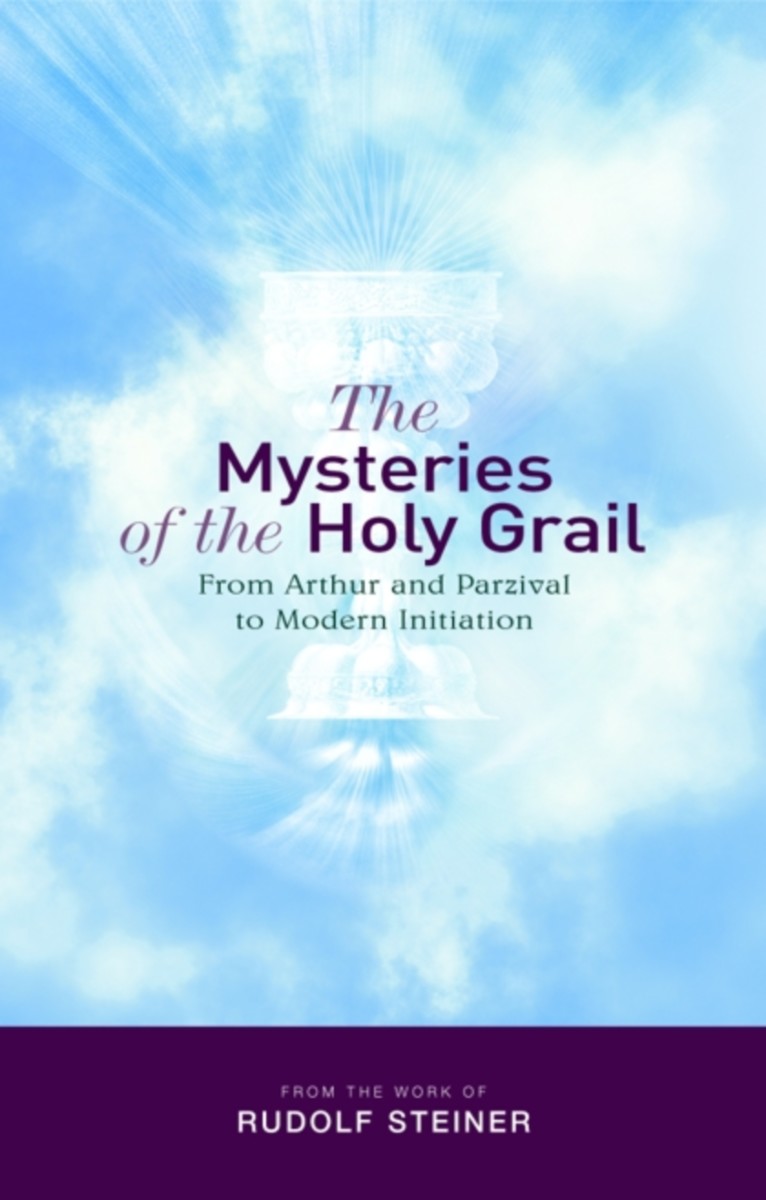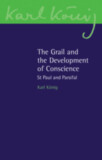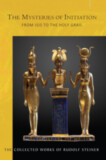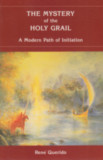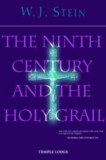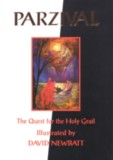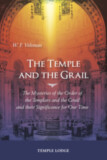The Mysteries of the Holy Grail
From Arthur and Parzival to Modern Initiation
- Publisher
Rudolf Steiner Press - Published
3rd May 2010 - ISBN 9781855842342
- Language English
- Pages 224 pp.
From the ancient British tales of King Arthur and his knights through the medieval Central European sagas of Parzival, and right up to today's blockbuster novels and films, the Grail has maintained an enigmatic presence in Western culture. It is thought to be many things: a lost and priceless treasure, the chalice cup of the Last Supper, the cup that caught Jesus Christ's blood from the cross on Golgotha, and even a secret royal bloodline.
Basing his presentations on far-reaching spiritual research, Rudolf Steiner gave profoundly esoteric, multifaceted insights into the mysteries of the Holy Grail. Collected for the first time in a single volume together with commentary and notes, these passages offer vivid tableaux with a multiplicity of meanings: a story that speaks to the human soul with a depth and complexity that intellectual interpretations alone cannot begin to fathom.
Just as Parzival had to encounter and engage with veils of illusion and valleys of shadow and doubt, Steiner presents us with a similarly challenging path. This book is more than a treasure of thought and insight; it invites the reader to embark on a personal quest toward developing the capacity and vision needed to grasp the elusive Grail itself. As editor Matthew Barton writes: "The vessel of the Grail gradually descends toward us and comes into focus as we raise ourselves individually to it by piercing through the illusions of materialism, acknowledging that we ourselves can ultimately become true vessels for the spirit."
C O N T E N T S:
Introduction
I: THE GOSPEL OF JOHN AND THE VIRGIN SOPHIA
1. Christian Catharsis: The Purified Soul
2. The Birth of Higher Perception
II: FROM THE SPIRIT IN NATURE TO THE SPIRIT IN US: THE NEW INITIATION
3. From Arthur to Parzival
4. The Gail as Human Potential
5. Seeking for Signs of Parzival
6. The Soul’s Bright Vessel
III: THE QUEST AND THE QUESTION: PIERCING THROUGH MATERIALISM
7. The Questioning Stance of Soul
8. The Lapse into Matter
9. Piercing the Thicket
IV: NEW SPIRITUAL COMMUNITY: THE GRAIL AS TRANSFORMED LARYNX
10. The Living Word
11. Transforming Sexualty
12. The Higher Calyx
13. The Resonant Chalice
14. Seeing I to I
V: THE WAR-TORN SOUL AND THE QUEST FOR INTEGRATION
15. Acknowledging Amfortas
16. The Word in Chains
17. Balancing the Soul
VI: THE GRAIL IN THE HUMAN ORGANISM: SPIRIT INFUSING MATTER
18. From Dullness to Inner Joy
19. The Fire of Compassion
20. Raising Earthly Substance
21. Raying In and Raying Out from Within
22. The Grail and the Brain
23. Receiving the Light
VII: INITIATION TODAY: THE TRIALS AND THE QUEST
24. Seeing Heaven in a Wild Flower
25. The Past and Future of the Pineal Gland
26. The Riven Path
27. The Parzival Saga as Modern Initiation
28. Humanity Resurrected
Notes and References
List of Sources
Rudolf Steiner
Rudolf Steiner (b. Rudolf Joseph Lorenz Steiner, 1861–1925) was born in the small village of Kraljevec, Austro-Hungarian Empire (now in Croatia), where he grew up. As a young man, he lived in Weimar and Berlin, where he became a well-published scientific, literary, and philosophical scholar, known especially for his work with Goethe’s scientific writings. Steiner termed his spiritual philosophy anthroposophy, meaning “wisdom of the human being.” As an exceptionally developed seer, he based his work on direct knowledge and perception of spiritual dimensions. He initiated a modern, universal “spiritual science” that is accessible to anyone willing to exercise clear and unbiased thinking. From his spiritual investigations, Steiner provided suggestions for the renewal of numerous activities, including education (general and for special needs), agriculture, medicine, economics, architecture, science, philosophy, Christianity, and the arts. There are currently thousands of schools, clinics, farms, and initiatives in other fields that involve practical work based on the principles Steiner developed. His many published works feature his research into the spiritual nature of human beings, the evolution of the world and humanity, and methods for personal development. He wrote some thirty books and delivered more than six thousand lectures throughout much of Europe. In 1924, Steiner founded the General Anthroposophical Society, which today has branches around the world.


